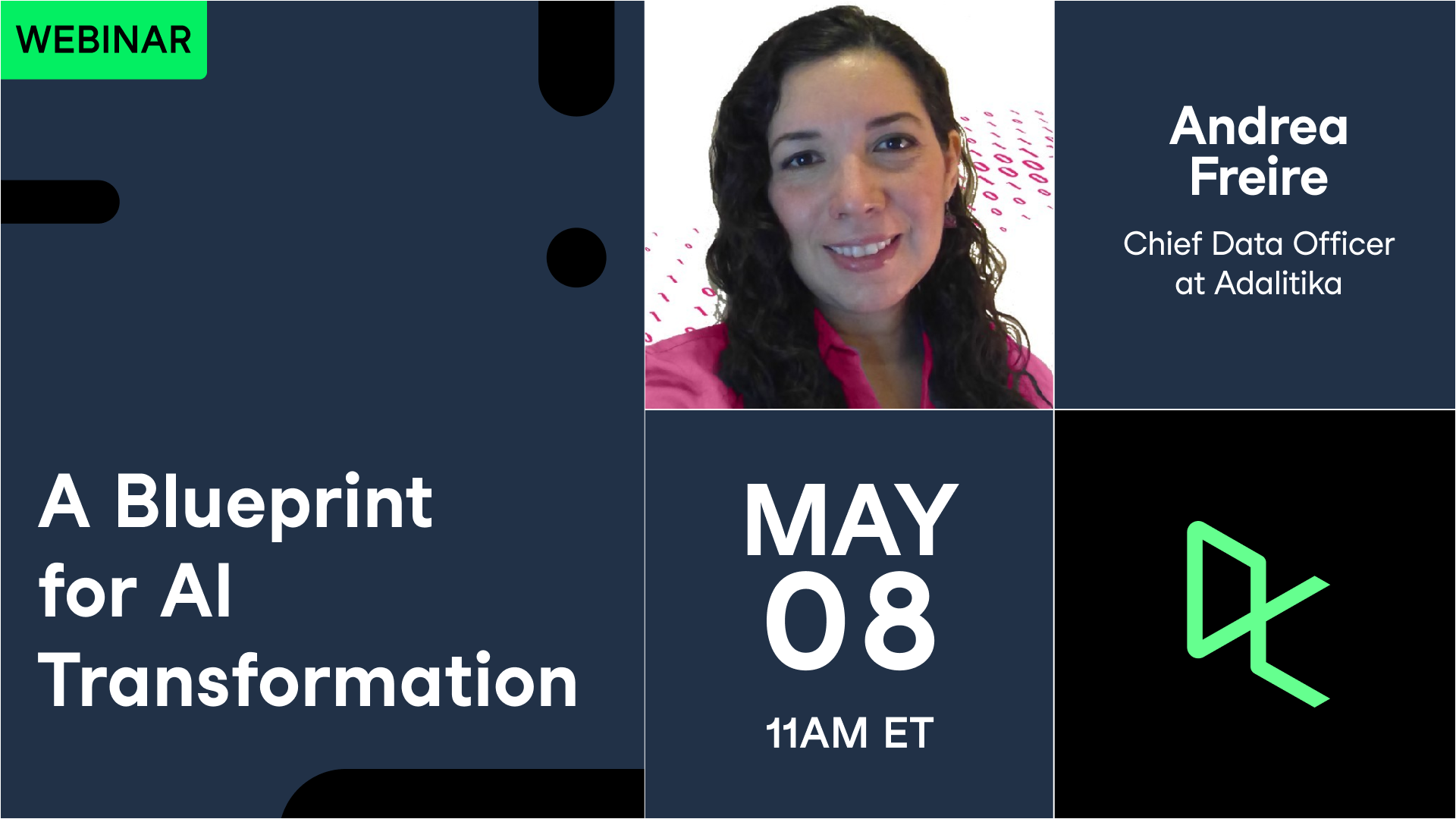Related
webinar
The Learning Leader's Guide to AI Literacy
Adel Nehme, VP of Media at DataCamp, walks you through how to foster organization-wide AI literacy.webinar
The Learning Leader's Guide to AI Literacy
Adel Nehme, VP of Media at DataCamp, walks you through how to foster organization-wide AI literacy.webinar
Building Your Organization’s Data & AI Maturity
Adel Nehme, VP of Media at DataCamp, details the path to become a data & AI mature organization.webinar
Leading with AI: Leadership Insights on Driving Successful AI Transformation
C-level leaders from industry and government will explore how they're harnessing AI to propel their organizations forward.webinar
Adding Value in Pharma Through Data & AI Transformation
In this session three pharmaceutical executives, with experience as Chief Data Officers and strategic consultants, discuss techniques to improve your digital capabilities.webinar

